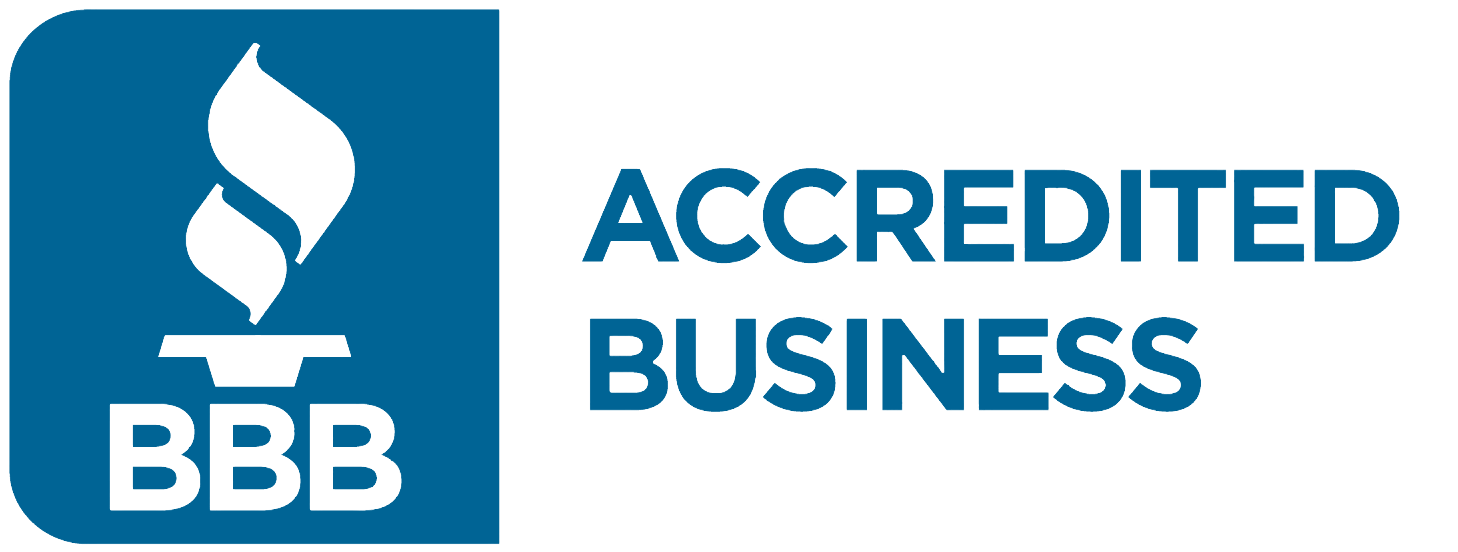
As the holidays approach, you may be rounding up your finances for the end of the year. If so, one thing you may want to keep an eye on is the design of your financial portfolio. Your portfolio may not be set up with the best possible spread of investments and assets.
If you’re using a generic 60/40 portfolio (60% stocks, 40% bonds), you may have noticed that the returns from this design have been lower than they were in the past. Over the past 10 years, a 60/40 portfolio was the go-to for many folks putting together their portfolios, and there are many sources out there that still recommend this plan. And while this strategy does have its merits, it can have some flaws in certain economic situations.[1]
Remember, the idea behind this portfolio is to hedge stock market returns by holding bonds as well. This is because when businesses are doing well, the stock market would ideally reflect that. When businesses are doing poorly, investors turn to bonds as a more stable, interest-yielding asset. The conventional idea is that when the economy is struggling, interest rates may be lowered to help stimulate business growth. In addition, theoretically, bonds may see an influx of capital, helping push their prices higher, even though their yields might be relatively lower. In short, when stock prices rise, bond prices (should) fall, and when stock prices fall, bond prices rise.[1][2]
However, in periods of high inflation, the 60/40 portfolio struggles.[3] There are two important factors to be aware of when understanding why this is the case:
- When inflation is high due to economic struggles, not hyper-growth, the strategy doesn’t account for the risks at play.
In a healthy economy, inflation is a sign of a growing economy. However, high inflation may be a sign of an economy changing too fast for all its participants to adjust. As such, high inflation could be a sign of an over-stimulated economy or one where capital isn’t flowing well. The response to hyperinflation from central banks is to raise interest rates to introduce downward pressure on prices. But remember, this level of inflation isn’t occurring from stupendous business growth! In other words, businesses might be struggling already, so the downward pressure on prices—while helpful for the broader economy and people’s wallets—might introduce even more struggles for businesses.
This situation creates a period in which there are high interest rates, overall bond prices fall, and stock prices fall. Now, think about what that means for the 60/40 portfolio – both stock and bond prices fall in tandem. With a 60/40 stock/bond split, the increase in bond yields likely won’t offset the fall in prices of both asset classes.[1][3]
- The inverse stock/bond price correlation reversed over the last decade may also have an effect.
You might remember the past decade or more as a time when it seemed like asset prices were always going up. Bonds, stocks, housing prices, and alternative investments all seemed to be rising in value. Some think that wasn’t by accident. The Federal Reserve kept interest rates low even when many believed the economy was doing well.
So, the 60/40 portfolio was seeing tremendous growth! But at the cost of becoming fairly risky because interest rates couldn’t go much lower to stimulate the economy in case of unforeseen economic troubles. This means that just like how bonds and stocks have been rising at the same time, they’d start to fall at the same time, too.[1][3]
While we can’t predict the future, what recent economic happenings have taught us is that we probably shouldn’t blindly rely on one-size-fits-all strategies. If your portfolio was built based on the 60/40 portfolio strategy, you may have concerns about what that means for your financial future. Contact one of our financial professionals today for a complimentary review of your finances. We can work with you to develop a nuanced and personal financial plan that takes what you need into account.
[1] https://www.investopedia.com/articles/financial-advisors/011916/why-6040-portfolio-no-longer-good-enough.asp
[2] https://www.investopedia.com/articles/bonds/09/bond-market-interest-rates.asp
[3] https://www.forbes.com/sites/forbesfinancecouncil/2023/03/09/the-6040-portfolio-is-not-dead-its-just-not-well-balanced/?sh=53b0e720fe3b
This information is provided as general information and is not intended to be specific financial guidance. Before you make any decisions regarding your personal financial situation, you should consult a financial or tax professional to discuss your individual circumstances and objectives.










